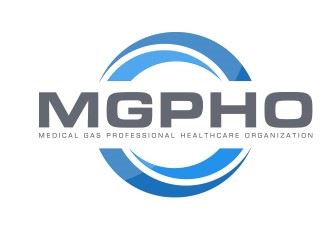THE NEW NFPA 99 2024 EDITION HAS A NEW REQUIPMENT
FOR COMBO MEDICAL VACUUM / WAGD SUPPLY SOURCES
This new requirement is based around the existing need for this type of system,
to maintained below an oxygen percent of 23.6%.
So what are the new code items?
- 1) An oxygen monitor
- 2) Alarm signals at both master alarm panels
Review Section # 5.1.3.8.1.2 parts # 1,2 a&b and 3
BUT:
I see a loophole in reading part #2 (a)
If the medical vacuum pump complies with Section #5.1.3.8.2.1
This oxygen monitor and master alarm signal are NOT required.
Section #5.1.3.8.2.1 has two parts.
- 1) Compliant with section #5.1.3.7.2
(i.e. as a whole to be deemed suitable by the manufacturer for materials)
2) Designed of material and using lubricants and sealants that are inter in the presence of oxygen, nitrous oxide, and halogenated anesthetics.
SO:
- 1) Water sealed liquid-ring should be OK right?
- 2) Rotary Dry Claw Pumps Only Have A Gear Oil. ? Is it also, ok ?

